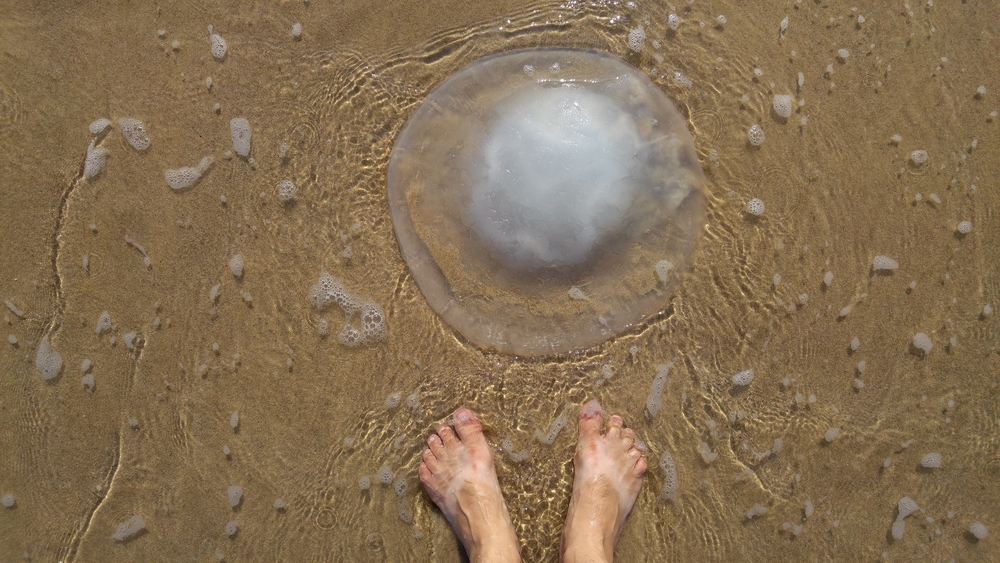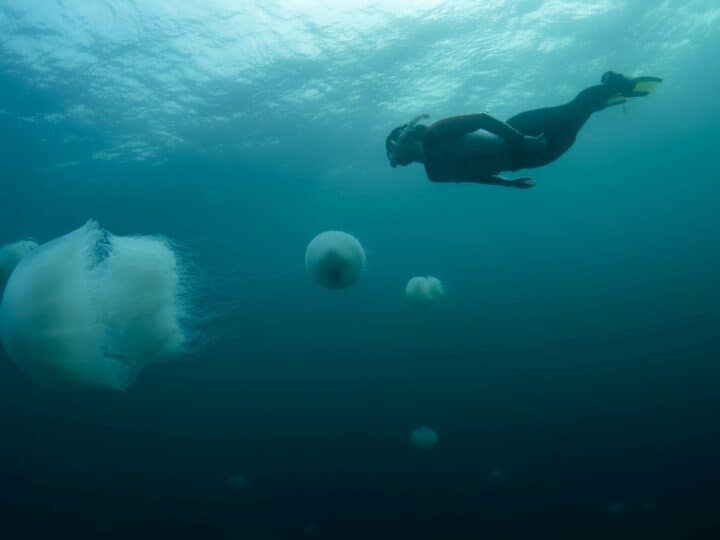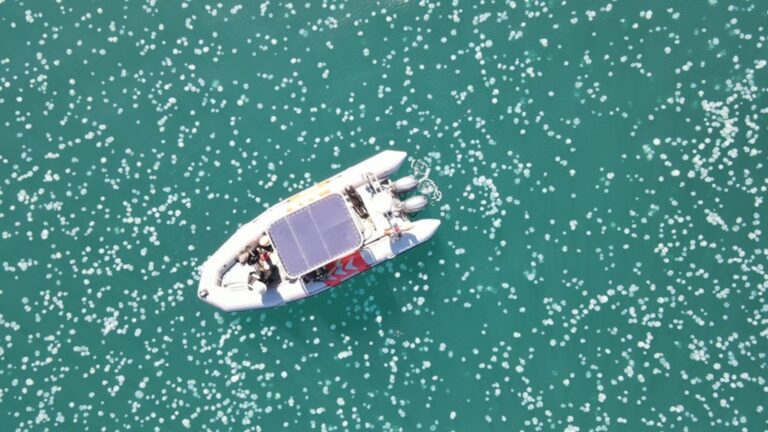We hate to be the bearers of bad news, but did you know that the upcoming weeks – i.e. the beginning of summer vacation in Israel– are also the height of local jellyfish season?
While this annoying fact obviously makes us consider the jellyfish’s timing as quite literally a pain, it’s really not fair to think of them as evil sea monsters bent on ruining our vacation.
Instead, we recommend getting better acquainted with the creatures (from afar, everybody, from afar) in order to learn a little more about their world and how to deal with them. Just check out these fun facts.
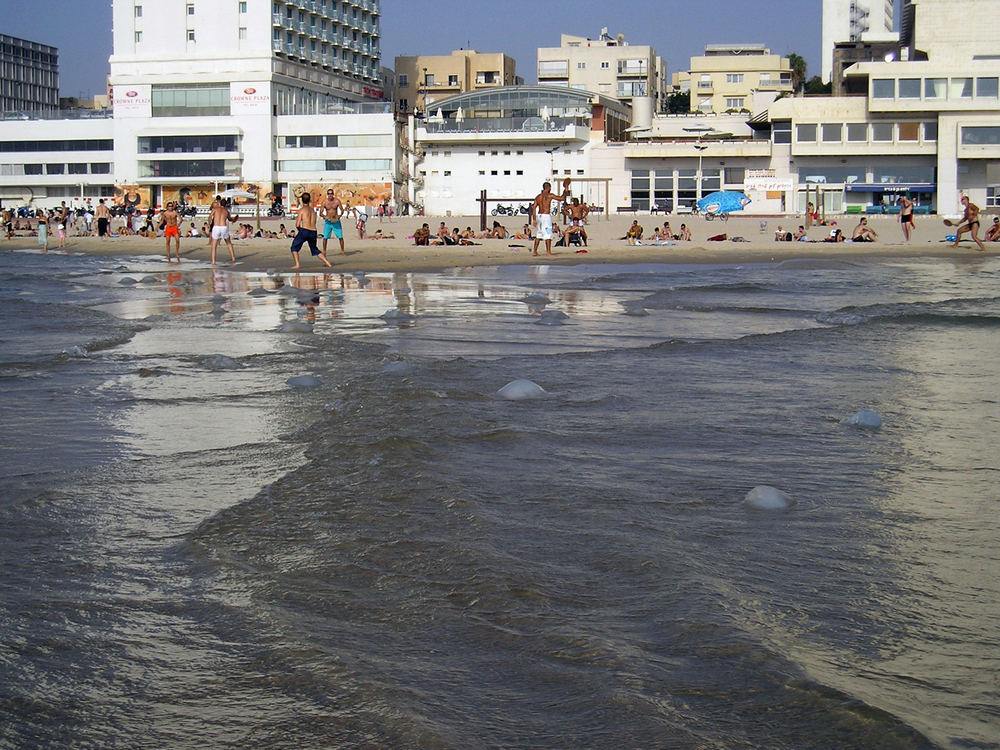
- They’re not unlike werewolves
Jellyfish, it seems, are proper divas. Not content on showing up on any given day, they enjoy arriving in Israel en masse when seawater temperatures reach a comfortable 28.2-30 degrees Celsius and a full moon is shining.
Israeli researchers discovered a few years ago that 94 percent of local jellyfish swarms occur approximately 176 days into the year, when seawater temperatures reach the 30-degree mark. It also coincides with the second and third weeks of the lunar Hebrew calendar, when the moon ranges from almost full to full. Who knew jellyfish were real-life werewolves?
- They came to Israel all the way from the Indian Ocean

According to the experts at the Israeli Jellyfish Site, the most common jellyfish to grace Israel’s shores today are the 1990 Galil Rhopilema nomadica, otherwise known as nomad jellyfish.
These jellyfish are actually indigenous to the Indian Ocean, but managed to make their way to our neighborhood thanks to the opening of the Suez Canal that connects the Mediterranean with the Red Sea and their more distant home ground. They were reportedly first spotted in Israel in the summer of 1976, some 100 years after the opening of the canal, and over the years have become the dominant force. Lucky us.
- Peeing on them doesn’t actually help
Contrary to popular belief, peeing on jellyfish stings probably won’t offer any relief: Our urine simply isn’t acidic enough to deal with the venom the jellyfish emit.
But you can protect yourself.
- Protect yourself

Peeing aside, there are things you can do to avoid and treat jellyfish stings.
The top tip is obviously to avoid the water at the height of jellyfish season, but if you do choose to go in, wear a diving suit or even some hot-looking Lycra pants. That’s what all the dedicated Israeli surfers do. You can also schmear on some Israeli-developed Safe Sea lotion to protect against stings or ease the pain if you get stung.
As well as rubbing on lotion, Israeli jellyfish experts recommend washing the stung area in seawater (not sweet water) and carefully removing any tentacles that remain stuck on the skin. Should symptoms such as breathing difficulties, vomiting or muscle contractions occur, immediately take the affected person to the hospital.
- You can get stung with no jellyfish in sight
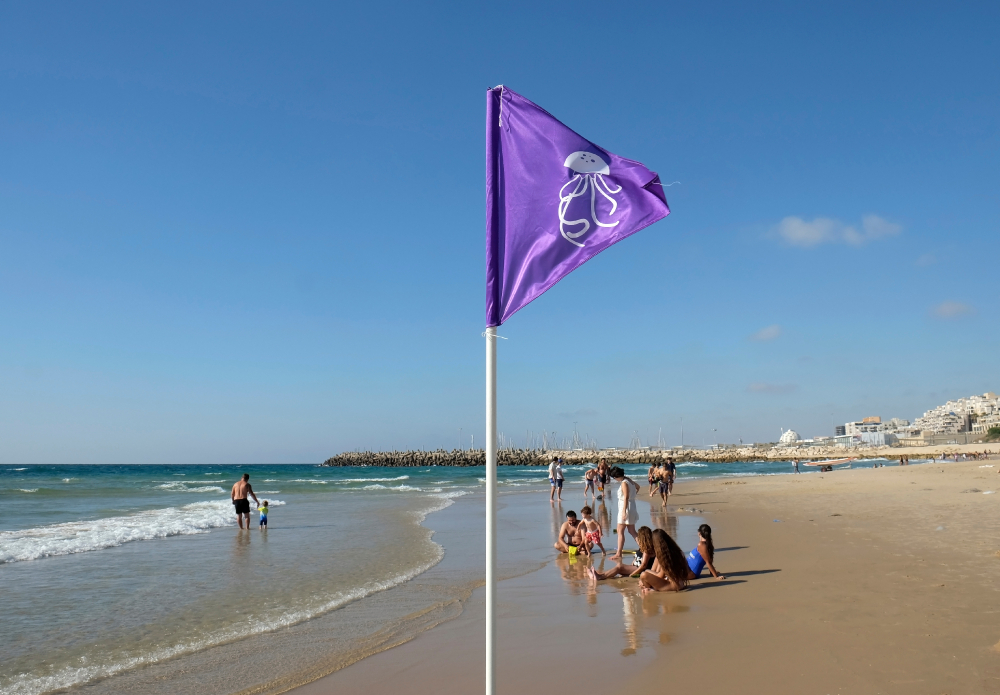
This one’s a real bummer: You go to the beach, look out for jellyfish, decide the coast is clear and take the plunge – only to emerge from the sea minutes later covered in nasty red marks.
This happens when jellyfish tentacles get detached and go on floating around and spreading venom all on their own. On the bright side, this phenomenon often just means a general burning sensation and not full-blown stings. On the other, it still sucks.
- Jellyfish pose trouble for Israeli electricity
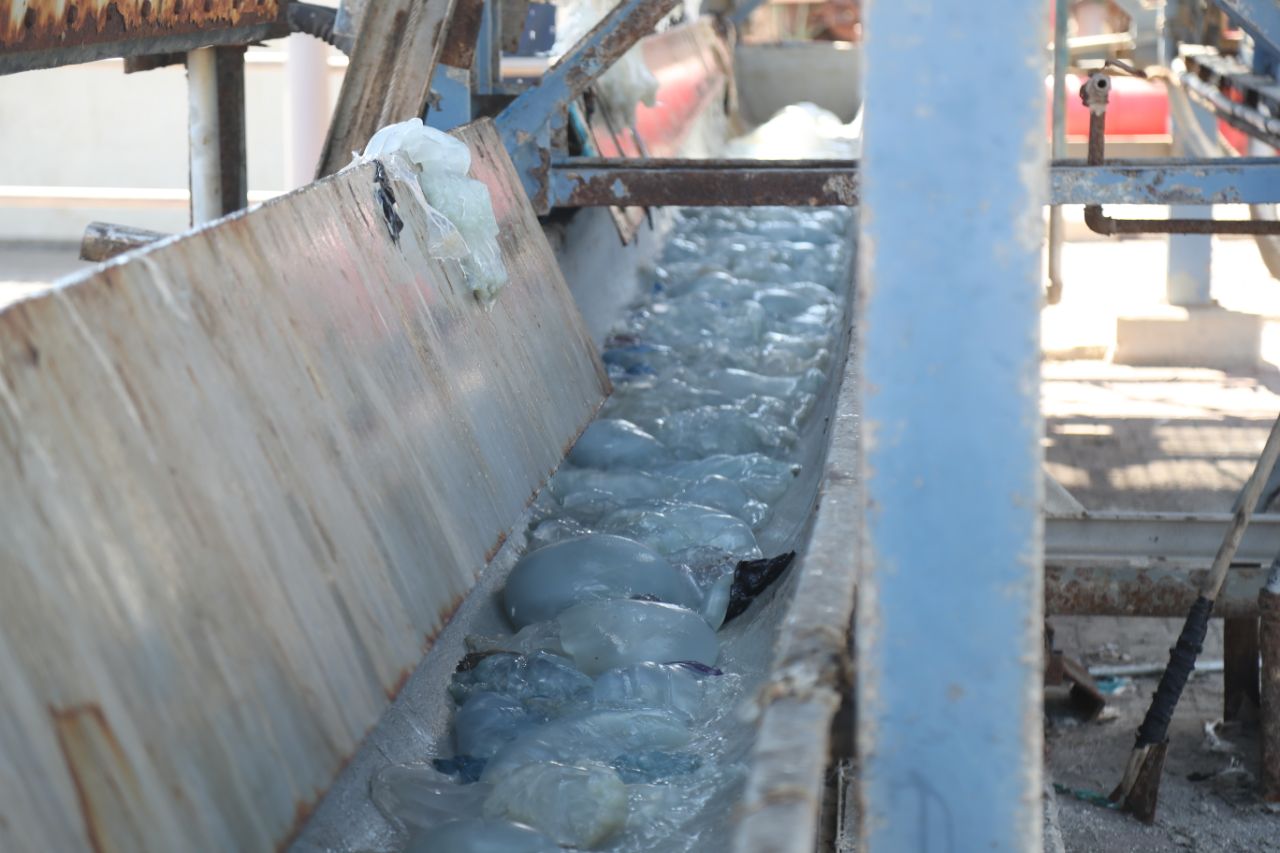
The swarms of jellyfish now reaching Israel constitute a headache not only for beach goers, but also for the Israel Electric Corporation.
Israel’s electricity company runs coastal power plants that use seawater to cool off their systems. And with the seawater come – you guessed it – jellyfish. Living up to their jelly-like name, the jellyfish can jam the passage of water in the power plants, putting their operation in danger.
The electricity company is already used to the problem and readies itself each summer with increased vigilance for jellyfish in the areas surrounding the power stations and water-filtration systems. Still, if the air conditioning breaks down, you know whom to blame.
- Jellyfish are furthering science
While jellyfish are generally considered a massive nuisance, they’re not all bad. They even contribute to society.
For instance, Israelis who have studied the jellyfish stinging mechanism are thinking of emulating that mechanism for improved drug delivery.
Jellyfish could also be used to filter micro plastics from the ocean, create medical collagen and produce bio markers to monitor genes. Not too bad.




